One of the most common types of pain in adults is lower back pain. It can occur for many reasons, including:
- Sitting for too long
- Overexertion in physical activity
- Incorrect posture when picking things up
- Traumatic injury
- Weighing too much
- Smoking
- Chronic conditions like arthritis and herniated discs
Depending on the cause, some people suffer back pain for a short period of time while others suffer for months or years. Regardless of how long your back pain is affecting you, we can help alleviate it.
There are many treatment options for reducing and preventing back pain. One tried-and-true method is physical therapy exercises.
How do physical therapy exercises treat back pain?
A significant contributing factor to lower back pain is stiff and weak muscles in the back and abdomen. Weak and stiff muscles themselves are uncomfortable, and they don’t provide the support your spine needs to maintain posture. This leads to pressure increase on the spine, which causes irritation and inflammation affecting the surrounding nerves. Weak and stiff muscles are more prone to injury, causing your back pain.
Stretching and exercising can improve the strength and flexibility of the muscles in your back and abdomen. This can reduce pressure off the spine, lowering your chances of injury.
Learn some back exercises from our video guide and download your own printable guide
If you want to try stretching and exercising to help treat your back pain, start now from the comfort of your home. Our video contains three exercises you can safely perform. You can also download a free guide that covers these exercises in detail. This can be helpful to print out and use for reference whenever you need to exercise.
Want to learn more about how to exercise to help reduce and prevent back pain? Contact our team to talk to us about treating your back pain or to schedule an appointment with one of our physical therapists.
